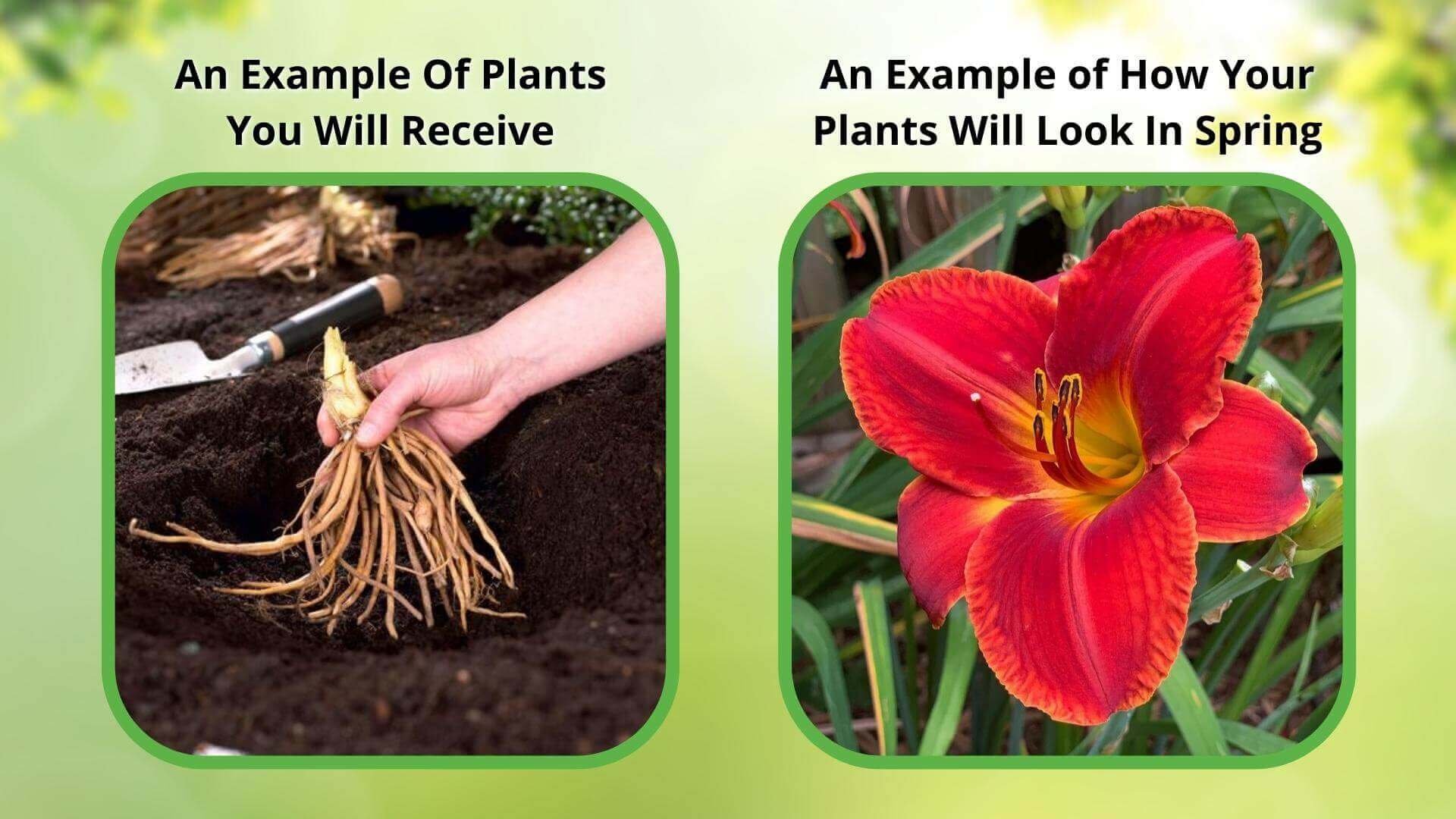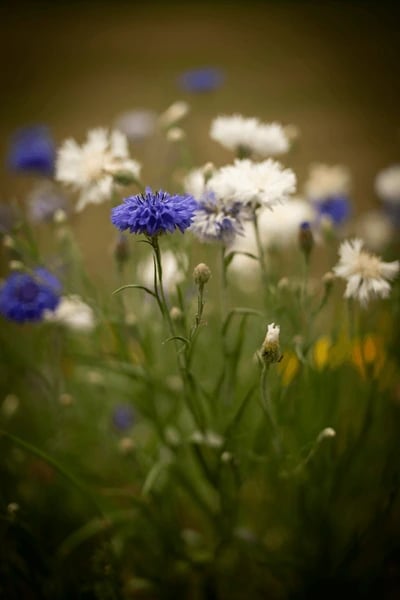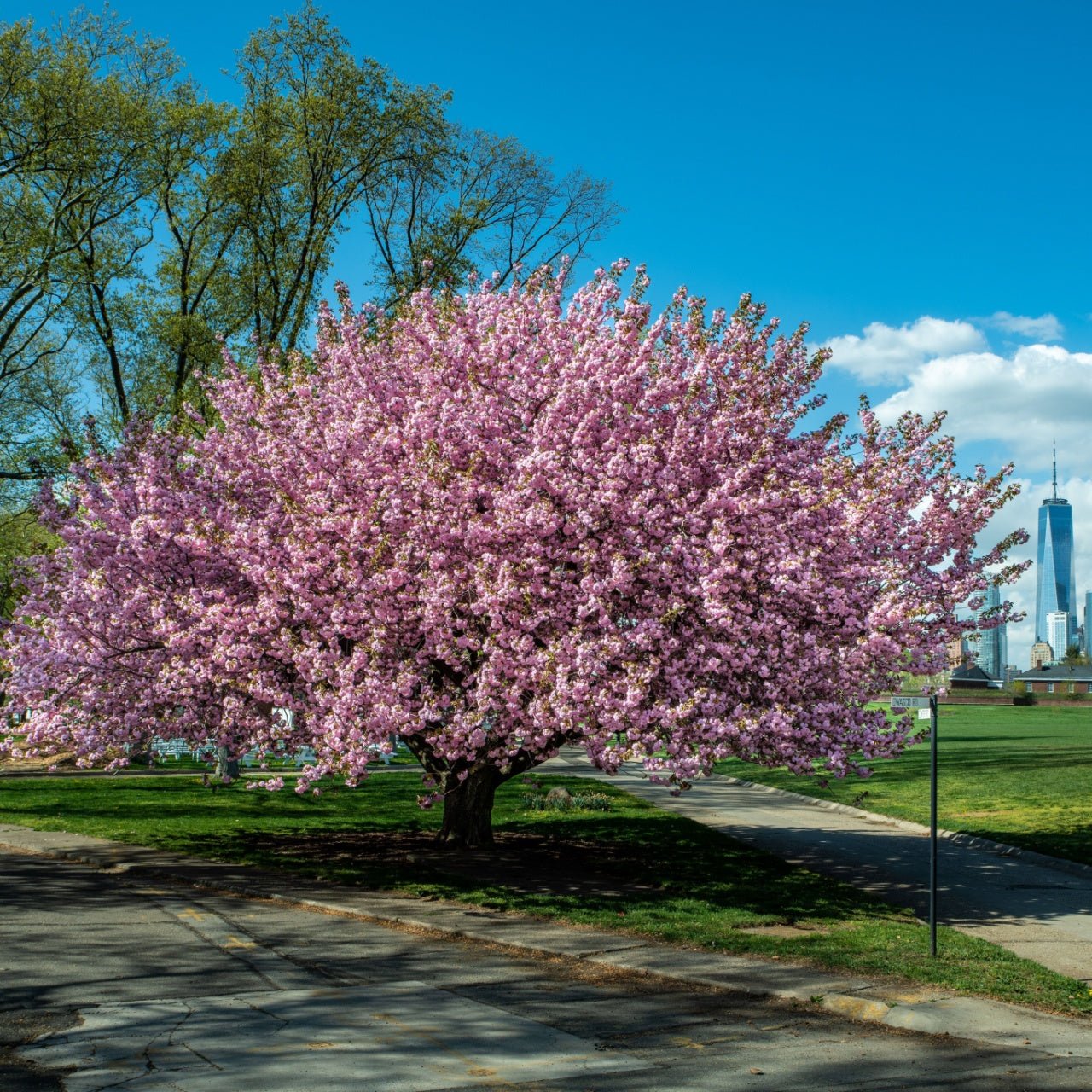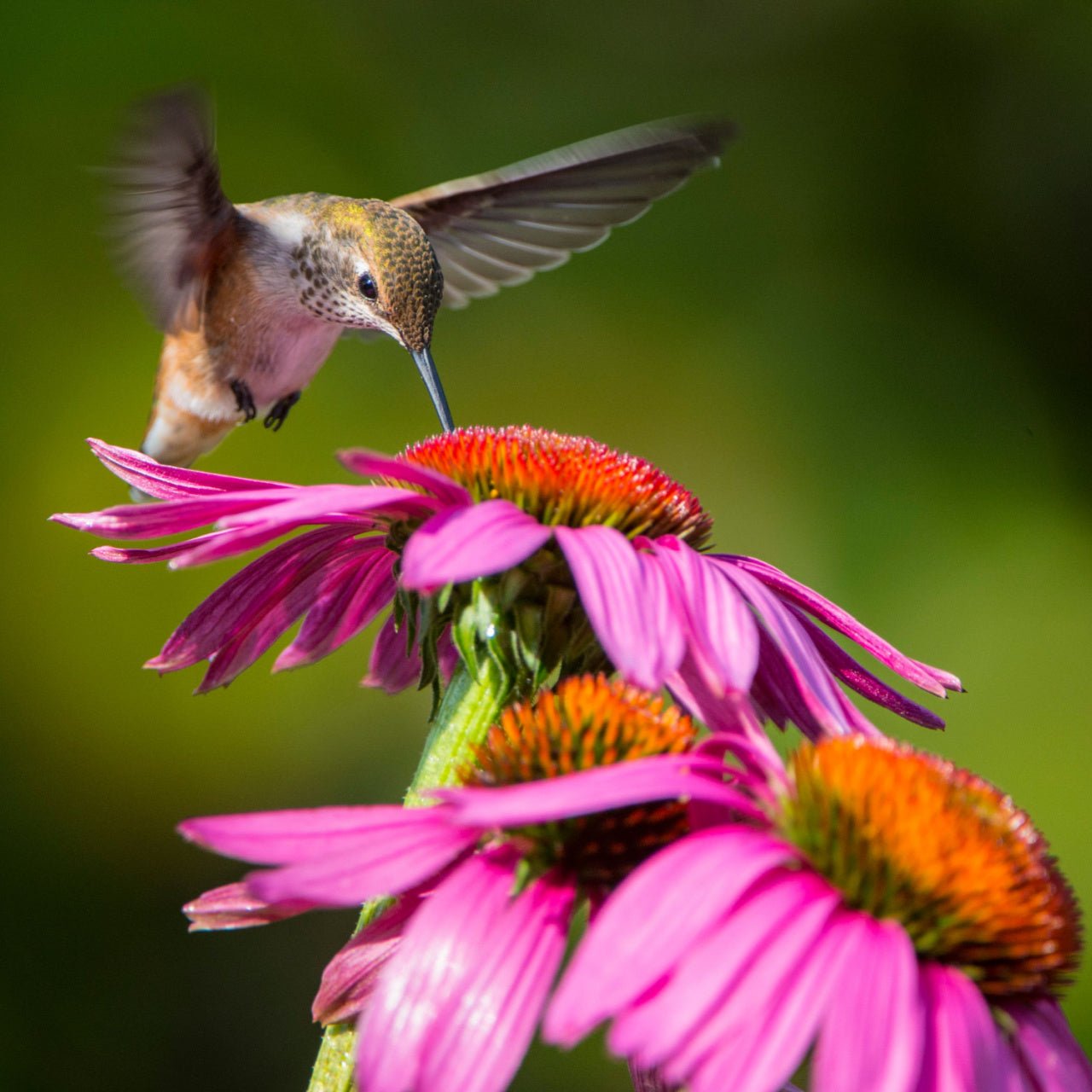



15 Red White and Blue Bold Color Perennial Package - Chosen Perfectly For Your Zone
Reliable, consistent color display
Long-lasting seasonal blooms
Attracts pollinators and wildlife
Thrives in
ZONE 3ZONE 4ZONE 5ZONE 6ZONE 7ZONE 8ZONE 9This plant ships:
Ships Week of May 12th1 Year Guarantee on all plants
15 Red White and Blue Bold Color Perennial Package
15 Red White and Blue Bold Color Perennial Package - This Collection provides a vibrant and eye-catching display that adds color throughout the seasons. These long-lasting plants return year after year, making them a valuable investment for gardeners looking to create a striking and colorful landscape. Pair bold-colored plants that can be incorporated into gardens to achieve that desired burst of color.
Get five plants of Bee Balm, Bugleweed, and Daffodils. All perennials are mature and blooming.
15 Red White and Blue Bold Color Perennial Package For The Most Patriotic of Garden Flowers
Read on to discover some stunning options for your garden.
Gaillardia (Blanket Flower: Gaillardia is a show-stopping plants with fiery red, orange, and yellow daisy-like flowers. Its vibrant colors and long bloom time make it a perfect choice for adding color to your garden. Gaillardia is also drought-tolerant and attracts butterflies, making it beautiful and beneficial.
Echinacea (coneflower): Echinacea is a classic plant known for its bold and striking blooms. These perennials are a favorite among gardeners, available in bright pink, orange, and yellow colors. Its long-lasting flowers provide a colorful display from summer through fall.
Shop Our 15 Red White and Blue Bold Color Perennial Package Today At TN Nursery
Salvia (sage): Salvia is a versatile plant in many colors, including vibrant red, purple, and blue. Its tall spires of flowers add vertical interest to the garden, and its aromatic foliage is deer-resistant. Salvia is also a favorite of hummingbirds, adding a touch of beauty to your outdoor space.
Delphinium: Delphiniums are well-known for their tall spikes of vibrant blue, purple, pink, and white flowers.
These majestic plants can reach impressive heights, creating a stunning focal point in the garden. Delphiniums prefer rich, well-draining soil and full sun to thrive.
Coreopsis: Coreopsis is a cheerful plant with bright yellow, orange, or red flowers. Its daisy-like blooms provide a burst of color and attract pollinators like bees and butterflies. Coreopsis is a low-maintenance plant that thrives in full sun and well-drained soil.
Helenium (sneezeweed): Helenium is a striking plant with red, orange, and yellow flowers. Its vibrant blooms resemble miniature sunflowers and can add a touch of warmth to any garden. Helenium is also a magnet for butterflies and other beneficial insects.
Rudbeckia (Black-eyed Susan): Rudbeckia is a popular plant with golden yellow or orange flowers and a dark central cone.
Its cheerful blooms appear from midsummer to fall, providing a burst of color during the late season. Rudbeckia is easy to grow and attracts butterflies and bees to the garden.
Perennials are the backbone of fine gardens
Monarda (bee balm): Monarda is a showy plant with red, pink, and purple flowers. Its aromatic foliage and tubular flowers make it a favorite of hummingbirds and butterflies. Enjoy this collection today.
Monarda prefers moist soil and can tolerate partial shade. Penstemon: Penstemon is a diverse group of plants that offer a wide range of colors, including red, purple, pink, and white. These trumpet-shaped flowers add vertical interest and attract hummingbirds to the garden. Penstemon prefers well-drained soil and full sun.
Our 15 Red, White, and Blue Bold Color Perennial Package offers Geranium: Geraniums, also known as cranesbills, are reliable plants with various flower colors, including pink, purple, blue, and white. Their long blooming period and low maintenance requirements make them popular among gardeners.
Support Pollinators With Package
This Is How Your Plants Will Look upon Delivery

Bloom Season
Summer
Bloom/Foliage Color
Mixed
Height at Maturity
Over 12"
Care
For a Perennial Package, ensure consistent watering, especially during dry spells, to maintain soil moisture. Use mulch to keep moisture and manage weeds. Regularly deadhead finished blossoms to promote new growth. Divide crowded plants every few years for optimal health.
Plant Reproduction
Perennials spread via roots, rhizomes, seeds, or runners
Shipping date depends on the date displayed and chosen when you order from the product's page.
We only accept returns on plants verified dead. If you think your plants have died, we offer a 1 year warranty, please use this File a Claim Link to verify dead plants and start with return warranty process.






15 Red White and Blue Bold Color Perennial Package - Chosen Perfectly For Your Zone

Soil health:
Perennials don't need to be replanted each year, which reduces soil disturbance and helps soil organisms thrive.
Habitat for wildlife:
Perennials can provide habitats for pollinators and other wildlife, such as bees, butterflies, and birds.
Low maintenance:
Perennials are low maintenance and return year after year, so you don't have to worry about replanting or reseeding them.
Sustainable agriculture:
When used for agriculture, perennials can provide multiple harvests from the same plant.
Caring Tips
How do I care for my 15 Red White and Blue Bold Color Perennial Package - Chosen Perfectly For Your Zone?
Each box contains detailed care instructions and information about your product. But here's the basics.
Care Tips
For a Perennial Package, ensure consistent watering, especially during dry spells, to maintain soil moisture. Use mulch to keep moisture and manage weeds. Regularly deadhead finished blossoms to promote new growth. Divide crowded plants every few years for optimal health.
Light Requirements
The Perennial Package flourishes in sun to shade, needing 4-6 hours of sunlight daily. These plants can adapt to various light conditions but perform best with consistent sun exposure for vibrant blooms and healthy growth.
Hardy Planting Zones
3 • 4 • 5 • 6 • 7 • 8 • 9
Header
Use this content to share information about your store and products.
Frequently Asked Questions
How often should I water my plants?
How do I know if my plant is getting too much or too little sunlight?
What should I do to prepare my plants for winter?
What are the signs that my plant needs fertilizing?
How can I prevent pests from damaging my plants?
How do I choose the right plant for my climate zone?






